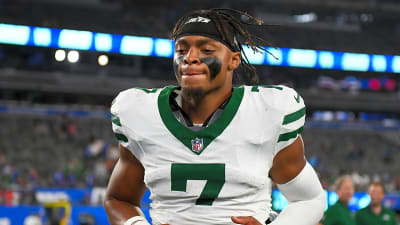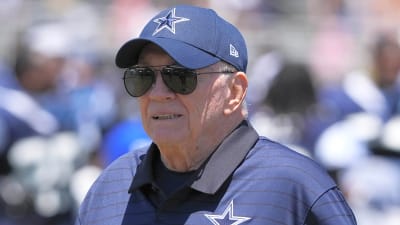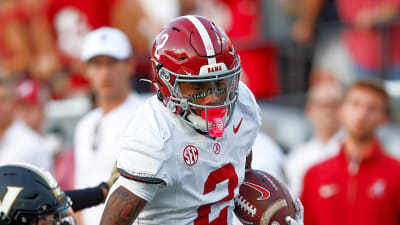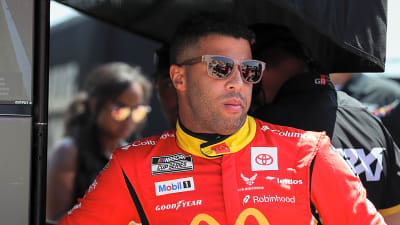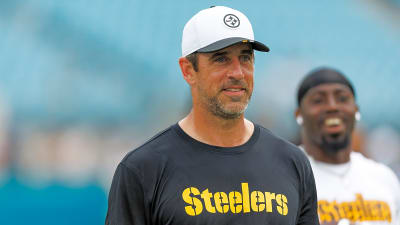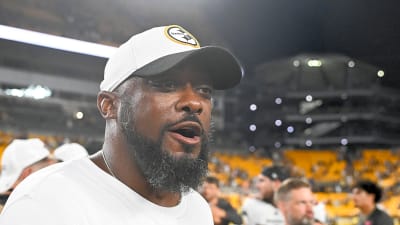There’s a myth that the LA Kings organization and its fanbase cling to each July 1st. The myth is that California’s tax rate is what keeps elite NHL players from signing in Los Angeles. It’s simple, convenient, and out of management’s control. It makes us feel better that nobody good wants to wear black and silver.
But it’s also false.
This year’s free agent market was rich in so many ways. Vladislav Gavrikov, Nikolaj Ehlers, Brock Boeser, Pius Suter, and Nick Perbix were all available. The LA Kings entered the offseason with needs at forward and defence and walked away with Cody Ceci and Brian Dumoulin. Though the additions of Joel Armia and Corey Perry significantly refined an already lacklustre fourth line, it wasn’t enough to make up for the losses on defence and the broken promises to take this team to the next level. That’s not just underwhelming. It’s a flashing red light. It’s no longer something that can be blamed on taxes. It shows that the Kings have a perception problem. A systems problem. A culture problem.
It’s not the taxes. It’s us.
Ceci and Dumoulin: Floor Signings, Not Ceiling Raisers
When the Kings entered into free agency, they needed top-six scoring help and a total fixer-upper on the blue line. Instead, they signed two aging defensemen with declining puck retrieval ability and minimal offensive upside.
Cody Ceci finished last season with a -55 on-ice expected goal differential, ranking among the bottom third of regular NHL defensemen. Following his trade to the Dallas Stars, he was heavily sheltered and often carried by Esa Lindell. Even then, the Lindell-Ceci line finished dead last among all of Dallas’ defensive lines in terms of expected goals for a percentage of 40.6%. It was also second last in expected goals against with 16.4.
Brian Dumoulin was a middling player as a rotation piece in Anaheim and Seattle last season, often exposed against teams with speed. Two seasons ago, his zone exit success rate fell below 42%, among the lowest for regular Kraken defenders.
These aren’t the absolute worst players per se. They just don’t move the needle for an already unsuccessful team like the LA Kings. More importantly, their acquisition reflects a front office and coaching staff content with system-stable, low-ceiling players. That approach is why big-name UFAs are choosing elsewhere. While Ken Holland ‘s promise to Kings fans was that their game would be taken to the next level, they only got worse on defence by trading away Vladislav Gavrikov and Jordan Spence. And their fix to that? Signing Ceci and Dumoulin.
Culture and Systems: The Jim Hiller Problem
After Todd McLellan’s dismissal in early 2024, Jim Hiller stabilized the team defensively. LA was stingy in their zone, ranking 3rd in goals against per game post-All-Star break (2.56 GA/G). But that success came at a price.
The Kings became one of the least dynamic offensive teams in the league. According to Sportlogiq, LA ranked 29th in rush chances per 60, 32nd in controlled zone entries leading to scoring chances, and 27th in odd-man rushes created.
Since the hiring of Jim Hiller, the LA Kings had two good NHL seasons, in which this past season they finally gained home-ice advantage for the playoffs. But even with this step-up in regular-season hockey, they’re fre sh off a fourth straight year of losing to the Edmonton Oilers.
And the truth is, who wants to keep predictably losing in round one every year?
https://x.com/wincolumnCGY/status/1939693747496788458
https://x.com/NHLTradeAlert/status/1901622821677322255
When players like Rasmus Andersson, Vladislav Gavrikov, and even Mikko Rantanen don’t want to come to play for the LA Kings, it speaks volumes as to how this team is built. After all, Hiller’s boring style of coaching that generates low scoring isn’t attractive for star players who live to produce.
This is crucial because elite UFAs aren’t just looking to win — they want to thrive. They want to produce. And they want to do it in systems that support offensive freedom.
In Hiller’s system, creativity is constrained. It’s a structure-heavy, risk-averse game plan that prioritizes dump-ins over carries, cycling over attack space, and neutral-zone trapping over speed. That might stabilize the team defensively, but unappealing to modern stars. In a day and age where hockey rewards creativity and shines a light on fast, active hockey, many players don’t want to be strapped down to play a dump-and-chase style.
What Today’s Stars Want: The League Has Moved On
Consider this offseason. Brock Boeser took less money to re-sign in Vancouver. That’s a team that lets its top six play fast, with space. And though not a good team, they let their star players play. Gavrikov left LA to sign in New York, allowing him to finally expand his game to be paired up with an offensive player like Adam Fox. Nik Ehlers signed with Carolina, allowing him to not only continue his offensive play but allow him to be an offensive juggerna ut playing with guys like Sebastian Aho and Seth Jarvis.
Meanwhile, LA didn’t get a single top-tier UFA. Even Ken Holland outrightly mentioned how some players rejected LA, and based on the lack of talent acquired, it’s fair to assume those missed-out players were stars. They weren’t outbid.
This is no longer a coincidence. It’s the result of a team that still plays hockey like it’s 2014. While teams like Florida and Edmonton have embraced dynamic, hybrid systems built around speed and puck control, LA is still pitching structure, accountability, and “earning your ice.”
To a 28-year-old UFA looking to e xtend his prime? That sounds like purgatory. It’s a career killer to sign with a team that not only deprives players the ability to score, but also lose in the first round year after year. It’s not somewhere anyone wants to play unless they don’t score for a living.
Breaking the Tax Myth
It’s true. California has a 13.3% top marginal tax rate. But that’s not the whole story. NHL players are taxed per game location (“jock tax”), meaning only about 50% of income is taxed at the California rate. While still hefty, it’s not as if they’re losing all their money. And after all, even if the tax is that heavy, NHL players are millionaires and living in Manhattan Beach right by the water should be enough to convince people. Even if money remains an issue, players can use bonus structures to mitigate taxes (something LA has used in the past).< /p>
Teams in New York, Ontario, Illinois, and Minnesota all consistently sign elite players, despite comparable or higher tax burdens. It wasn’t an issue for Gavrikov, who left LA’s high-tax bracket state of California to sign somewhere that’ll take away as much.
The tax excuse is a crutch. When Sam Bennett signs in Florida or Ehlers signs in Carolina, it’s not because they hate California. It’s because they see those teams as upwardly mobile and stylistically modern. It’s unfair to say that Florida brings in stars because of the tax when, in reality, it’s always been the case, even when they struggled for upwards of 20 years.
The Identity Crisis
The Kings are stuck between eras. They’re no longer a grinding, Cu p-calibre team. But they aren’t rebuilding either. They’re locked in hockey hell. The Kings are a good-not-great team with aging leadership and no superstar. I’m not sure players want to play for less money with an aging captain while losing in round one every year.
Quinton Byfield could be that guy for the future. He’s taken steps to become better. Even Brandt Clarke has promised through his lack of ice time-deprived by Hiller. But this group, under this coach, in this structure, isn’t attracting talent. Stars walk away from the Kings, not join them. The stars talk. Agents talk. And the message going around the league is: “In LA, you play safe. You play slowly. And unless you’re Anze Kopitar, you play on a leash.”
Until that changes, the LA Kings will keep missing out. And next summer, when names like Kirill Kaprizov and Connor McDavid hit the market, LA will again be watching from the sidelines while singing depth pieces to four-year contracts because “they play the right way“.
It won’t be because of the taxes.
It’ll be because of us.
Cover Image credit Gary A. Vasquez
More must-reads:
- Panthers will be without Matthew Tkachuk for a while
- Wild to sign Marco Rossi to multiyear deal
- The '2024-25 NFL rushing touchdown leaders' quiz
Breaking News
Trending News
Customize Your Newsletter
 +
+
Get the latest news and rumors, customized to your favorite sports and teams. Emailed daily. Always free!
